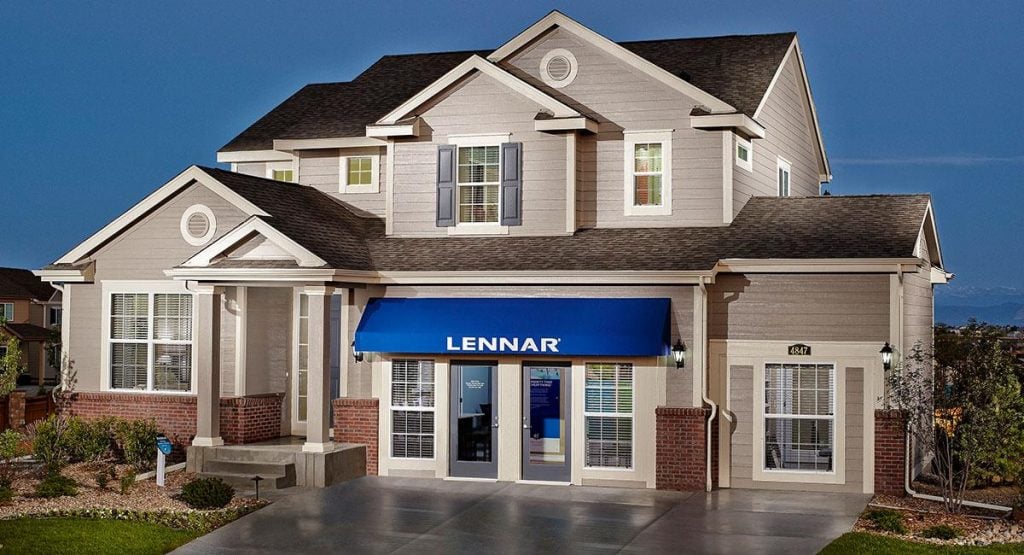Executives of America’s second largest home building firm, Lennar Corp., expressed confidence this week that the current building boom is not going to end any time soon.

“These are the best of times,” said Lennar Chairman Stuart Miller during an earnings conference this week. The company had just delivered a strong second quarter financial performance that fully underscored that claim.
Lennar, which predominantly builds homes for the middle class, reported a net income of $831 million for the three month period ending in May, up 61% from the same period one year ago. The company, which is based in Miami, has made a total income of $1.8 billion for the first six months of its fiscal year.
During the quarter the company pulled in $6.4 billion in sales, up 30% from a year ago. It said it completed construction of 14,493 homes during the period, a new company record. And it has broken ground on another 17,157 homes.
But if that performance wasn’t already extremely good, Lennar executives predicted that things will get even better in the coming months as the cost of key building materials starts to decline.
The price of lumber, which hit historic highs earlier in the year and was said to add an average of $36,000 to the cost of a median sized home, has finally started falling. Lumber futures are down to $1,009 per board feet, compared to $1,711 just a month ago, according to a report in the Wall Street Journal this week.
Jon Jaffe, co-Chief Executive of Lennar, told analysts that this downward trend is expected to continue and that it will provide “limited relief on lumber costs with July starts,” and that it will offer “more significant relief with August starts.”
Although everything indicates the cost of lumber will continue to decline, Lennar executives said the company will remain cautious about ramping up building due to ongoing concerns with the overall material supply chain. Jaffe’s co-CEO Rick Beckwitt said that with the uncertain delivery of some materials and the high demand for homes, Lennar is aiming to sell its new homes later in the construction cycle to increase its margins.
Lennar is the second most prolific home builder in the U.S., behind D.R. Horton. During the quarter, Lennar’s homes sold for a median price of $413,000. Though most of its homes are aimed at the middle-market, it has also built more expensive homes in areas with significant housing shortages, including Los Angeles and San Francisco, where it has partnered with luxury building firms on some developments.
Despite the strong quarter, there was one noticeable blot on Lennar’s quarterly copybook. That was a $234 million mark to market loss on its stake in the iBuying company Opendoor, which makes instant cash offers to buy homes from those who need a quick sale. Opendoor was seen as one of the housing industry’s hottest startups before the COVID-19 pandemic, but its fortunes have since declined terribly over the last year. Opendoor’s problem is that its business model is less enticing in what has become such a red-hot seller’s market, where people can sell their homes quickly and often for a big mark-up.
But Lennar’s Miller said the company still have belief in Opendoor’s value proposition and its ability to turn its fortunes around.
“The iBuyer proposition is more compelling as the fragile dance of the traditional home purchase process becomes frustrated by delays,” Miller said.